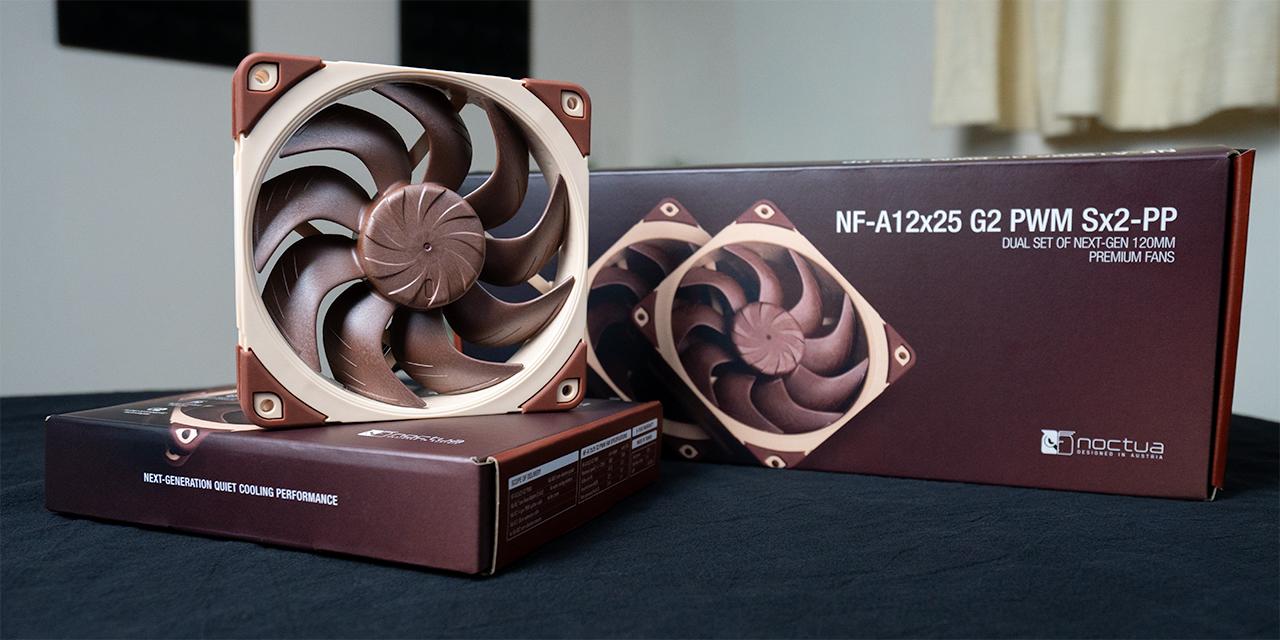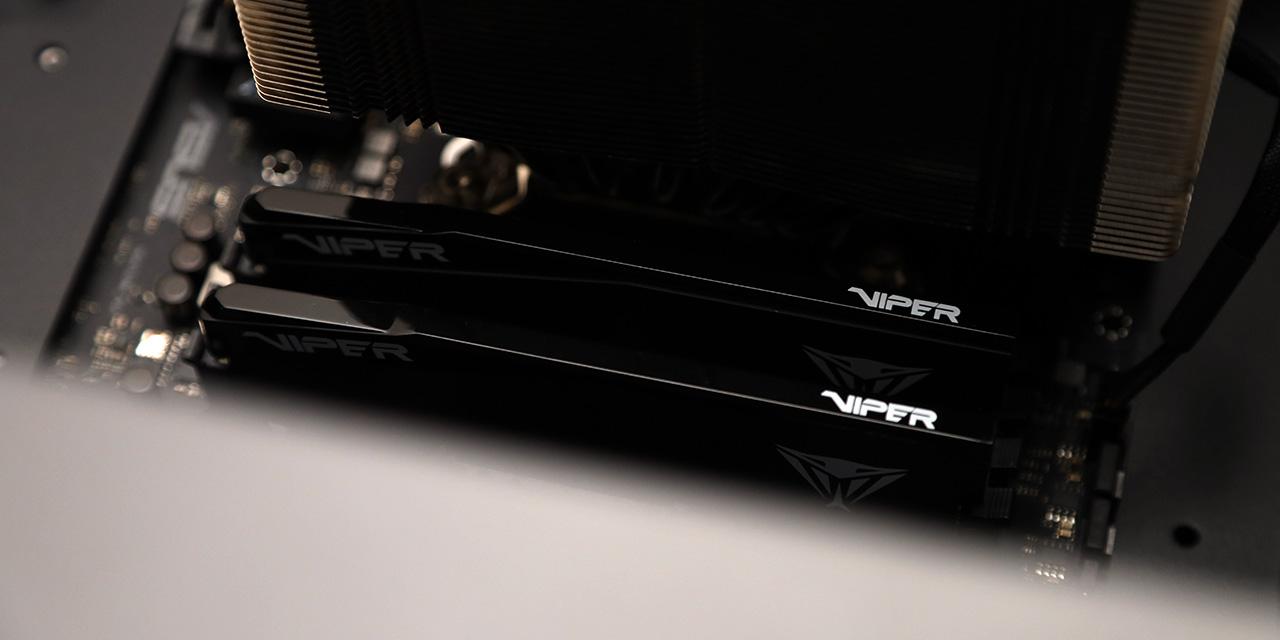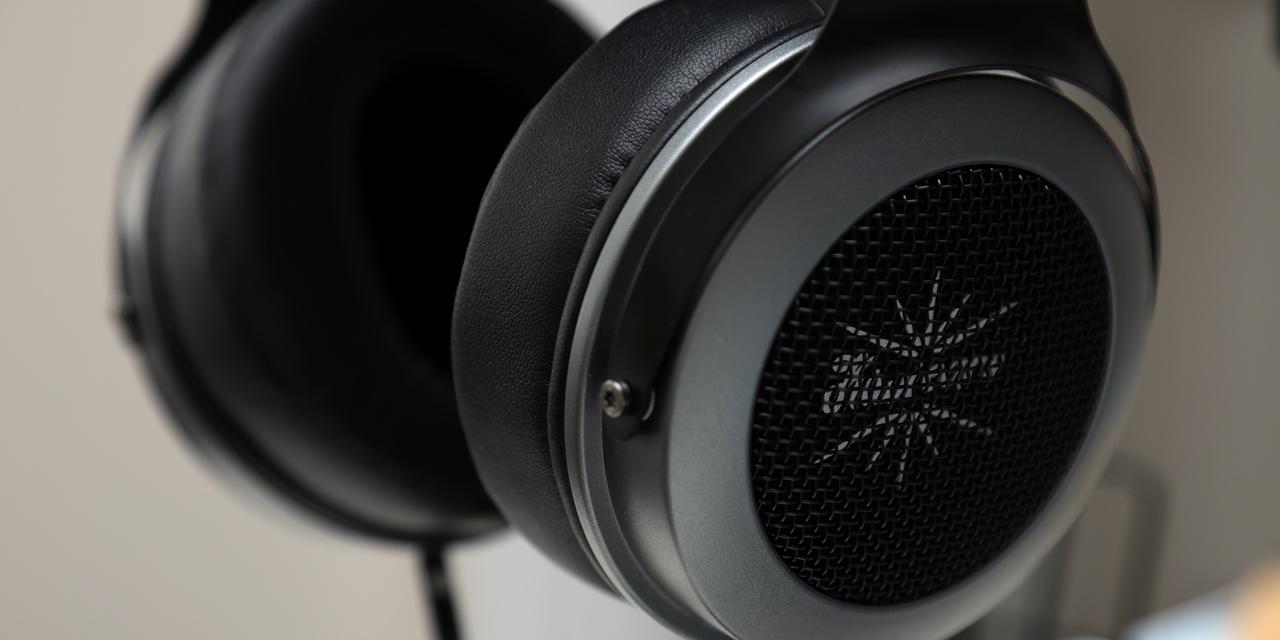Page 3 - Physical Look - Inside
Removing the left side panel from the NZXT H2 provides a more in-depth look into the interior of the case. Inside, the chassis doesn't look too spectacular, but most users won't spend too much time looking at it anyways. Although there is nothing new or unique in here, it is good to note it is painted black and does add to the overall quality feel of the case. Since this is not exactly a value-line product, we expected the black paint and a clean interior, which we got. The cuts are clean with no especially sharp or uneven edges. On top of that, there were no machine marks noticed. This marks a relatively high quality enclosure for a job well done by NZXT. The black matte steel looks great, and everything seems to be right where it needs to be. The cables from the front panel connectors are all of adequate length, and should be able to reach most motherboard headers. When looking at it, there is probably more than enough space to fit everything that one would possibly want to fit in an ATX mid-tower case.
One thing that I find interesting about the NZXT H2 besides how clean it looks is how well everything works so well together. Just take the white colored 120mm fan at the rear of the case. Although this is only a small touch, its color scheme simply matches with the rest of the chassis. In addition, there are also some great features in this case, all the way down to the cable management system that uses the back of the motherboard tray for hiding and routing cables through. There is also a big cutout on the motherboard tray to support heatsinks that need aftermarket backplates. Now you can get that installed without first removing the whole motherboard for convenience's sake.
There are three external 5.25" external drives bays in this NZXT case; each of which has a unique drive locking system. All three of them have a plastic lock to keep drives in place, and on top of that, there are two thumb screws per drive bay to secure the drive further. In regards to the plastic lock system, the user must first pull up on the plastic lever, and then push it back in when the 5.25" drive is inserted. Next, the thumbscrews are used to secure the rest of the drive into place. Although this system is not entirely screwless, it does secure the drive well, and is still quite easy to install. I might even add that I think this solution is one of the best and easiest to use 5.25" drive bay installation system, and we have not seen such a setup here at APH Networks in a long while.
Also found near this area are cutouts for the cable management system. The cables are fed through a hole with a rubber cutout in it. The piece of rubber is cut down the middle, with a few more cuts horizontally to allow better cabling, and to keep the cables from moving about while inside the chassis. These cutouts are similar to those found in the NZXT Phantom, which was more of a premium case. It is great to see that NZXT is putting some of these great features into a smaller midgrade chassis as well.
Located below the 5.25" drive bays are the 3.5" drive bays. The NZXT H2 features eight internal 3.5" drive bays, which should be more than enough for most users (Eight drives? Most motherboards don't even have that many SATA ports.). Installation of the 3.5" drives is a little trickier than its 5.25" counterparts. The first step in order to install a 3.5" drive is to remove the front cover, which happens to be a fan, as seen on the previous page. After removing the fan, the drive tray must be removed as well. Next, the drive is placed on a drive tray and secured. Finally, the tray is reinserted, and two thumbscrews are used to further secure the drive. Surprisingly, the fans are not connected using a cable inside the case. Instead, a magnetic system is used to link the fan to a connector. In a sense, this is really convenient, but this also means that the fans cannot be easily replaced by third party ones. Similar to the drive bays above, I found this method quite useful and secure, unlike some screwless systems that do not work well. Even though it is not 100% screwless, it is still easy to install and secure when it is all said and done.
Found at the bottom of the case near the back are the expansion card slots. In total, there are seven expansion slots on the NZXT H2. A video card as long as 310mm can be installed without a 3.5" drive in the adjacent slot, or a maximum clearance of 270mm if there is a hard drive present. Given this amount of clearance, even the biggest cards should fit in nicely. Above this area is a white colored 120mm fan, which can be easily replaced if necessary to further quiet down the overall rig. Lastly, at the bottom of the case is the location for the power supply. This area is slightly elevated off the bottom, and has a honeycomb mesh for additional airflow from the bottom of the case. Also seen at the back is one more of the three cutouts for cable management purposes.
After the right side panel is detached, it shows the back of the motherboard tray. The heatsink backplate opening on the motherboard can be clearly seen once again. In addition, more of the cabling guides can be spotted, as the connectors from the front and various locations around the rest of the chassis already uses the cutouts to hide the bulk of the cabling. We are also glad to see there is a considerable amount of room behind the motherboard tray to run your cables through. All in all, after looking at all the features implemented for convenience's sake, and the overall build quality of the NZXT H2, we can see that a lot of detail seems to be focused on design and implementation intended for the end user.
Page Index
1. Introduction, Packaging, Specifications
2. Physical Look - Outside
3. Physical Look - Inside
4. Installation and Conclusion





